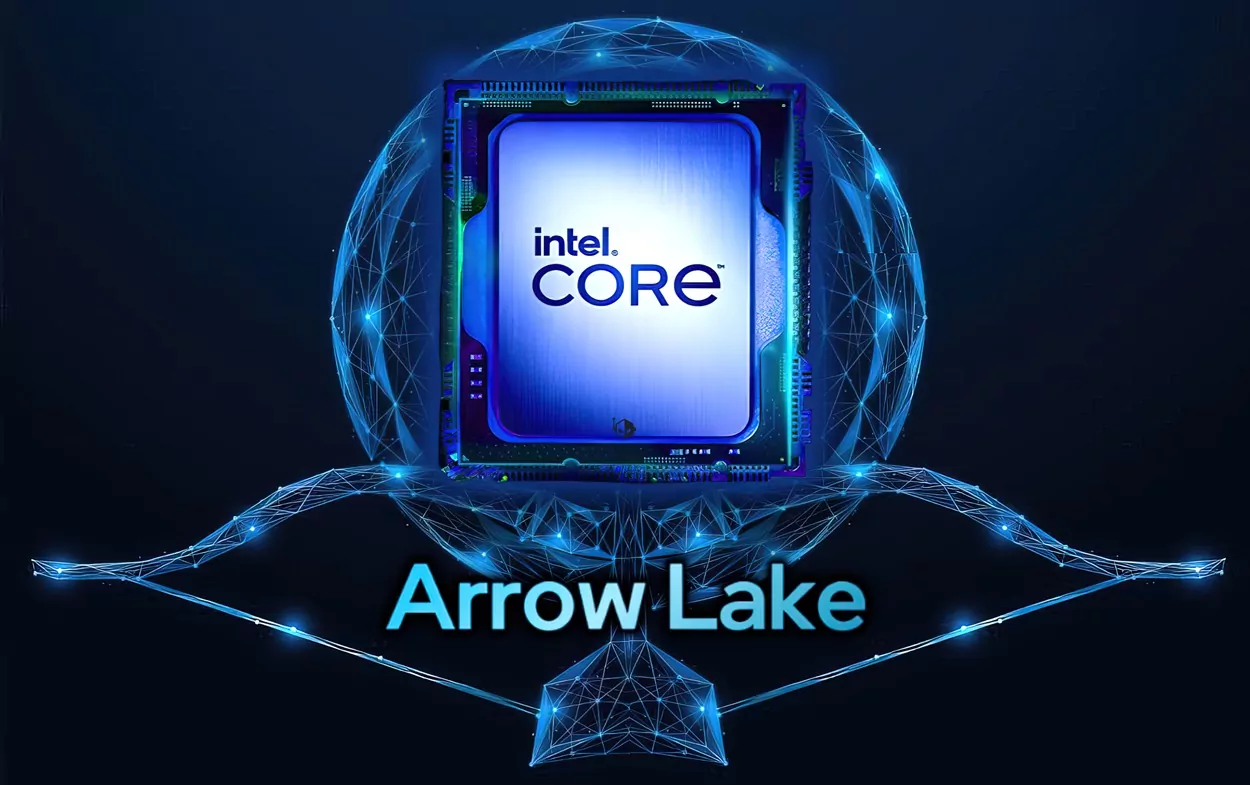In multicore applications, however, the new processor probably lags behind.
According to current rumors, Intel is expected to unveil the Arrow Lake processors in a few days, which will now also introduce the switch to the “Core Ultra” naming scheme in the desktop sector. The unveiling of the CPUs around the “Core Ultra 200” series is scheduled for October 10, 2024; the market launch is planned two weeks later.
Accordingly, more and more concrete rumors about performance have emerged in the past few days. The latest leak should give Intel hope that it is back on the right track after the instability problems of the 14th CPU generation.
On X (formerly Twitter), the account of benchmark developer Passmark Software has published a new post declaring the upcoming flagship CPU Intel Core Ultra 9 285K as the new frontrunner in the company’s own single-core benchmark.
According to this, the Core Ultra 9 285K is said to beat each of the competing top processors from AMD and Apple in this discipline. As a result, Passmark’s current top 5 list is as follows:
- Intel Core Ultra 9 285K: 5,268 points
- Intel Core i9-14900KS: 4,869 points
- Apple M3 8 Core: 4,779 points
- Apple M3 Max 16 Core: 4,777 points
- Apple M3 Max 14 Core: 4,752 points
The best AMD CPU follows in 9th place in the Passmark test, as the newly released Ryzen 9 9950X scores 4,739 points. The gap between the new Intel flagship and its direct competitors is therefore between eight and eleven percent.
Passmark also notes at this point that the CPU tested may still be an “engineering sample”.
New single thread CPU performance leader. Intel Core Ultra 9 285K
(note that this might be an pre-release engineering sample, but results are looking good) pic.twitter.com/yqLECdl9XE— PassMark Software (@PassMarkInc) October 5, 2024
Far inferior in the multi-thread benchmark
However, Intel cannot boast of mastering all Passmark benchmarks with the Core Ultra 9 285K. In the multi-core course, the upcoming CPU only achieves a comparatively low 49,872 points.
The Ryzen 9 9950X achieves about 66,609 points here; even the pre-predecessor in the form of the Core i9-13900K is better with 59,088 points.
However, the leaks of the past few months provide information about how the discrepancy arises.
- For example, Intel is said to be doing without hyperthreading for the performance cores (“Lion Cove”) – this circumstance is particularly noticeable in multi-core applications.
- In addition, Intel seems to be focusing on a more economical series for the new generation: the TDP of the Core Ultra 285K is said to be 125 watts, which at least explains the difference to its in-house predecessors.
Likewise, the AVX-512 support , which is included in the new AMD Zen 5 processors, is probably missing. Passmark has been including these specifically since 2020 in the respective benchmarks.
Now we want to hear your opinion: What are your expectations for the upcoming Intel processors? Can an economical Arrow Lake generation turn the tide for the chip giant again or is AMD your preferred CPU manufacturer for the foreseeable future thanks to 3D-V-Cache? As usual, let us know in the comments!


